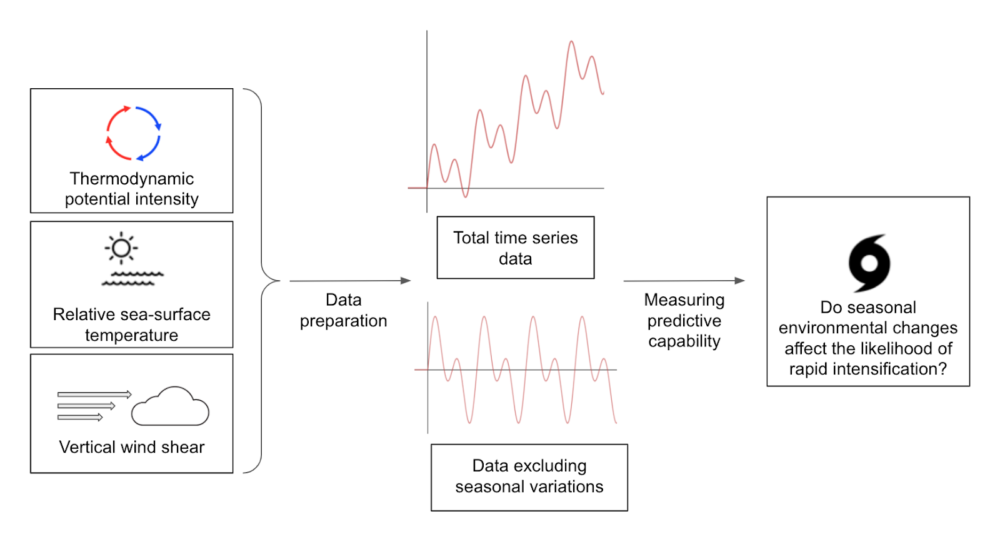Review written by Vyshnavi Vennelakanti (Mechanical and Aerospace Engineering, Postdoc)
Have you ever wondered how planets are formed? Current theories of planet formation suggest that they likely form at the same time as their host stars from the same initial reservoir of gas and dust. All newly formed stars have a rotating disk around them called the protoplanetary disk. This disk contains lots of particles and gas molecules. There are two main theories that aim to explain planet formation from the protoplanetary disks of stars: the core-accretion theory and the gravitational instability theory.
Continue reading “Traditional planet formation models: an exception or a need for a new model?”

